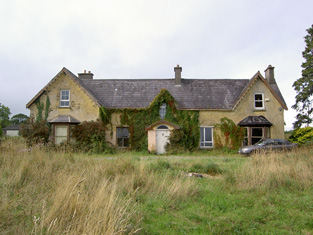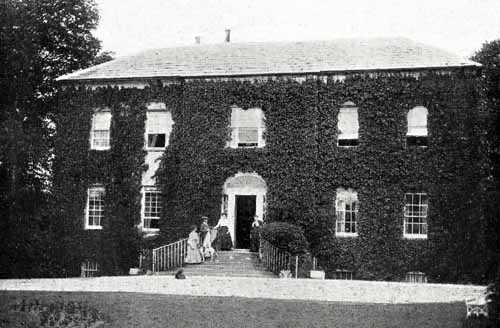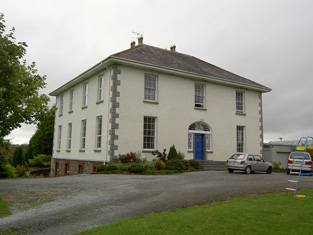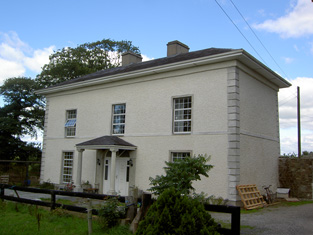Hardingville House
Houses within 5km of this house
Displaying 6 houses.
Houses within 5km of Hardingville House
Displaying 6 houses.
| House name | Description | |
|---|---|---|
| Fortwilliam | A house on the Evans estate occupied by William Barry at the time of Griffith's Valuation when it was valued at £23, later a Sheehy residence. The Sheehy sale rental of 1875 records the house containing 3 reception rooms and 5 bedrooms. It was conveyed to Robert K. Sheehy by Edward R. C. Barry on 7 January 1874 and advertised for sale in June 1875. The National Inventory of Architectural Heritage dates this Tudor Revival house from circa 1880 to the design of Sir John Jackson (1851-1919), so the present house may incorporate the earlier one which is marked on the first Ordnance Survey map. In 2006 this house was no longer occupied. |

|
| Kilbolane | Home of the Barry family in the late 18th and 19th centuries located on the Evans estate. Occupied by Edward Robert Caulfield Barry in the early 1850s when the house was valued at £39. There was also a flour mill closeby. Sold by the Barrys at the end of the 19th century to David O'Leary Hannigan and later purchased by Milford Creamery who demolished the house in the mid 20th century. |

|
| Prohust | Prohust/Prohurst/Proughis was built by Jonathon Bruce, third son of the Reverend Jonathon Bruce of Milltown Castle, and occupied by him in 1837. By the time of Griffith's Valuation the property was held by George and John Evans in fee, the buildings were valued at £37. Hajba writes that the house was occupied by members of the Turner and Rice families in the latter half of the 19th century. This house is still occupied. |

|
| Gibbings Grove | This house was the seat of the Gibbings family in the 18th and early 19th centuries. The family was still resident in 1837 but by the early 1850s the house was occupied by Edmond Irwin who held it form Richard Gibbons. It was valued at £14. Later occupants were local priests and it was eventually sold by the Gibbings in the late 19th century. In 1944 the Irish Tourist Association Survey referred to it as the home of the Cagney family who had purchased the property c.1912 and also that it was famous for growing the Toormore apple, used in making cider. The house is still occupied. |

|
| Castle Ishen | Castle Ishen was the seat of the Fitzgerald family from the mid 17th century until the late 19th century. In the late 18th century the castle was replaced by the house which stands today. In the 19th century the house was occupied by the estate agents, members of the Hannigan and O'Leary families although Lady Fitzgerald, widow of the 8th Baronet, is recorded as the occupier at the time of Griffith's Valuation. She held the house valued at £10+ in fee. Her sons were both minors at the time. Hajba writes that the O'Learys purchased the house in the early 20th century. In 1944 the Irish Tourist Association Survey noted that they had first come there in the 1790s. Castle Ishen is still extant. | |
| Curryglass | Originally a Goold home, occupied by B. Plummer in 1814 and Pierce Purcell Goold in 1837. His representatives held the property in fee at the time of Griffith's Valuation and the house was valued at £18. It was advertised for sale in May 1852. Home of Robert Edward Gibbings for sometime in the mid 19th century. An O'Callaghan home in the 20th century. Also known as Curraghglass or Curraglass House. In 1943 the Irish Tourist Association Survey noted its association with all of these families as well as, in the eighteenth century, the Lysaght family. It is still extant and occupied. |

|

